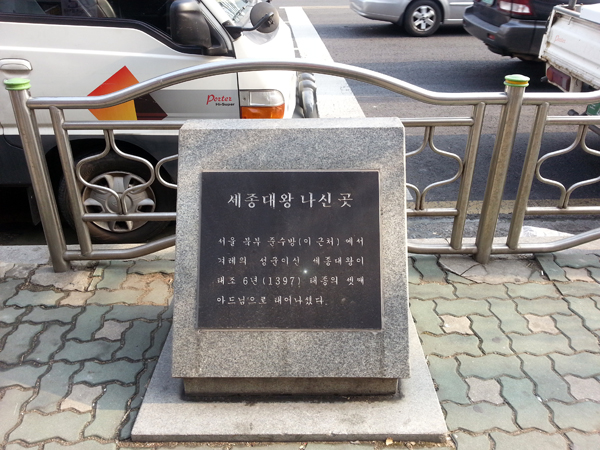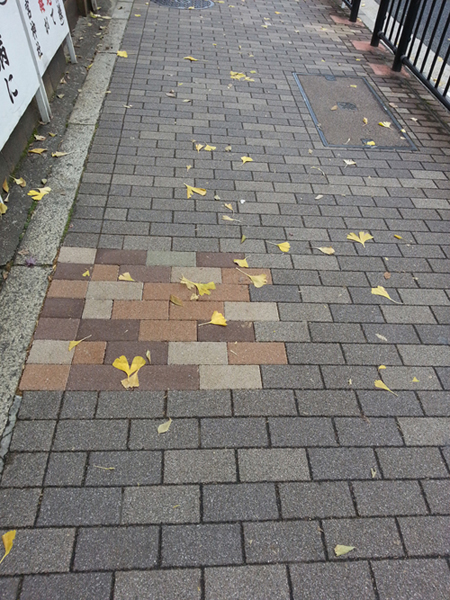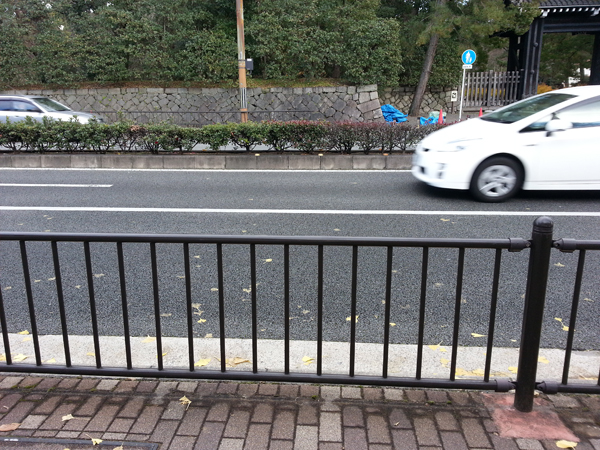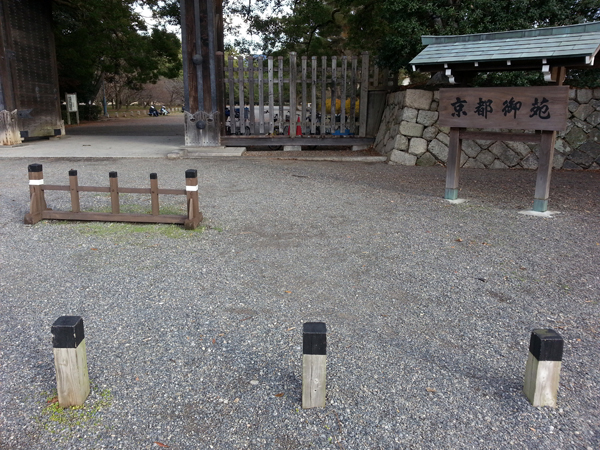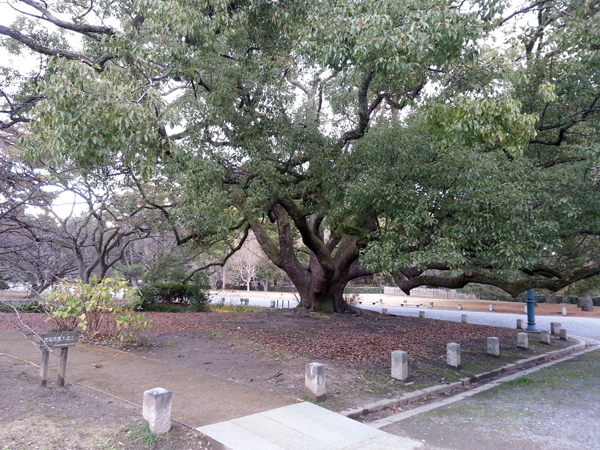Stone Posts
There are signs in the neighborhood for Chusa Gim Jeong-hui’s house, the place where King Sejong was born, Gyujanggak Library, and Yun Dong-ju’s boarding house. They started setting these things up around 1988 Summer Olympics in Seoul. There are 335 signs like these in Seoul, 195 of which are incorrect. I hear that the stone post of Gim Jeong-hui at the roadside of Hyoja-dong will be moved to near the Government Complex, 600m away from its current, incorrect spot. I always pass by a stone post that says “King Sejong was born here” as it is right in front of German eye glasses store across from the old beef-bone place “Baeksong” at Hyoja-dong that I sometimes go. The stone post for one of the most respected kings in Korea looks shabby and not beautiful. No passerby looks with a revering eye nor with interest. It is only written in Korean, so foreigners do not know what that stone is. Furthermore, right behind the sign is a six-lane road. Ugly stainless-steel fences that can be found anywhere in Seoul are an eyesore. That pavement on the floor can also be easily found anywhere in this city. All of these are far from being sightly or beautiful. These pavements, fences and unsightly signs that can be found around the King Sejong’s stone post near Gyeongbok gung Palace, or anywhere around this city, assault one’s eyesight. I heard that Koreans have lately been refraining from visiting Japan due to the nuclear power plant accident. But I read from newspaper that Japan is filled with Koreans and the Chinese these days. There are 110,000 hotel rooms in Tokyo whereas there are only 40,000 hotel rooms in Korea. While the gap between the number of hotel rooms is big, there are far more things to see and buy in Japan. That is why the Chinese are flocking to Japan. While Japan is struggling for control over an island with China, and also having trouble with Korean over an island and history, tourists from both countries go on tours to Japan a lot. Some people think that it’s because prime minister Abe takes care of tourism policies himself. Some people think it’s because Japanese yen has significantly been depreciated. But I think it’s because tourists go to places where their hearts are drawn, where they want to see and experience things. I published two books in Japan, and often have meetings and speeches in Japan, both of which make me visit Japan quiet often. While the Chinese say that they have more things to see and buy in Japan, I think it’s more because Japan is more stable, orderly, and harmonic – something that we lack in disorderly, chaotic Seoul - they are also clean too. After I came back from the U.S., I argued for removing unsightly signs and improving public designs. Foreign tourists only stay in Seoul for a few short days. What they see in those few days will heavily influence their impression of Korea. If we can’t doll ourselves up when we welcome visitors, then we should first start by taking the sleep out of our eyes, I said. I heard that the Chinese are heading to Okinawa in Japan, as there is nothing much to see in Korea. That’s what many Chinese tourists to Korea have been saying. I guess that would mean that there is not much to see, even the image with the sleep. We are having a mayoral election soon. As I have been living for a long time here in Jongno, some people come pay respect to me at election time. While most of them talk about how to make Seoul a world-class global city and make the city wealthier and about future visions, I would look for traits and a discerning eye that could make shining stainless fences less conspicuous, make the signs more orderly and neater, and clean the streets – that way, when tourists from foreign countries visit, the city can pass the basic eye test. Building and moving stone posts should come after that.
Delicate, neat pavement in Kyoto Japan – Dec 25 2013
Low Steel Fence of natural color in Kyoto – Dec 2013
Low, small stone fence protecting 300 year old tree without any sense of incongruity – Kyoto Imperial Palace Dec 2013
|

